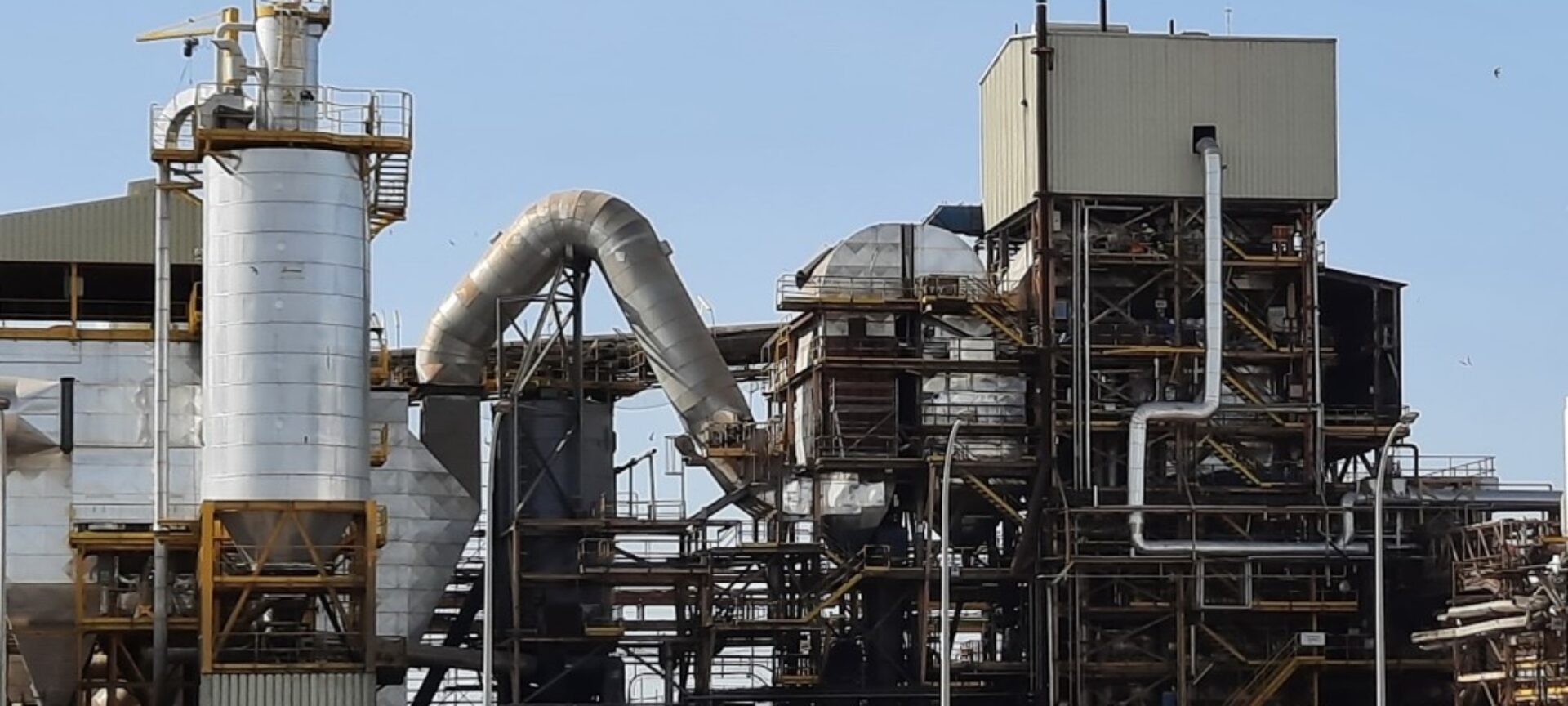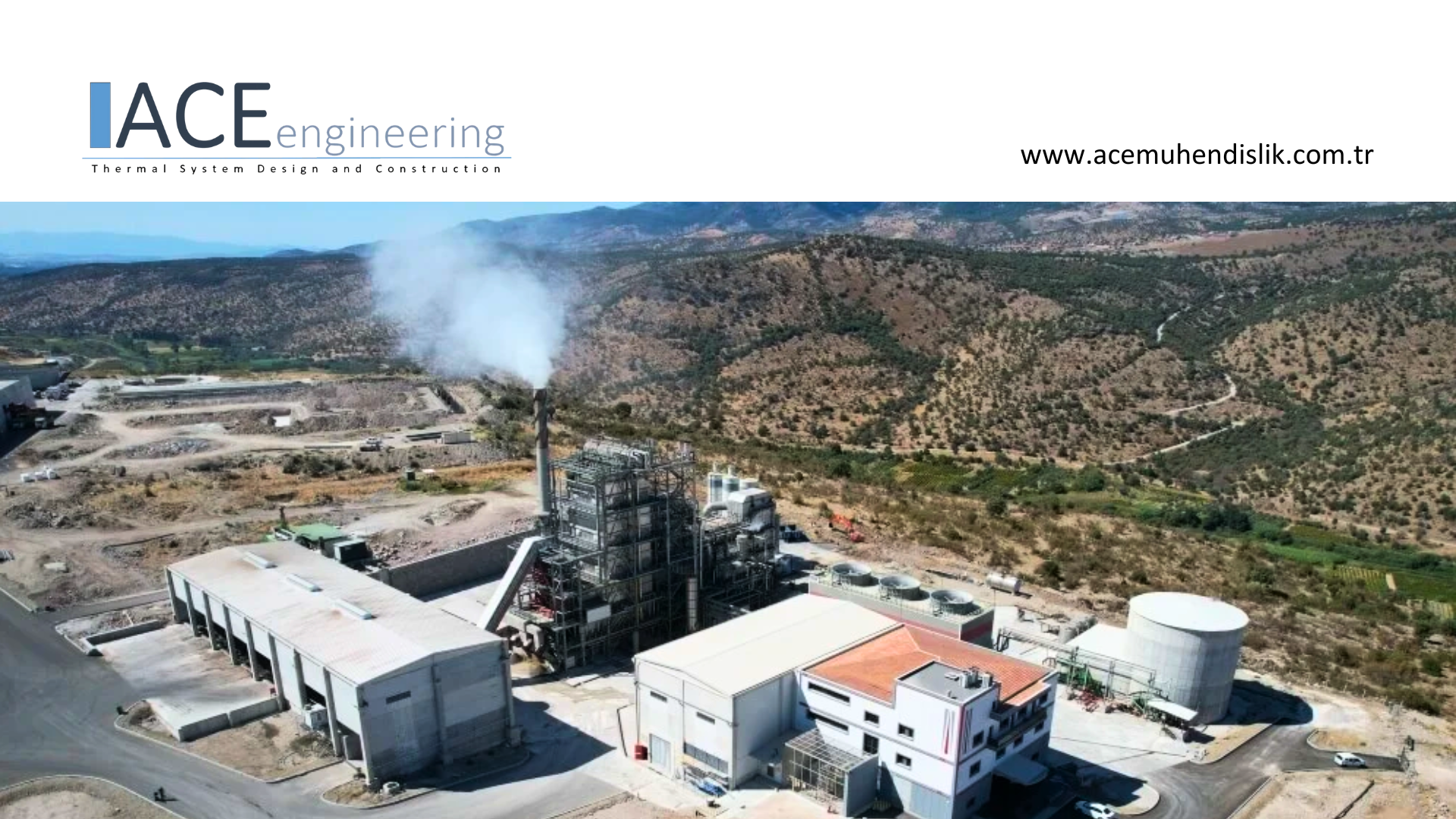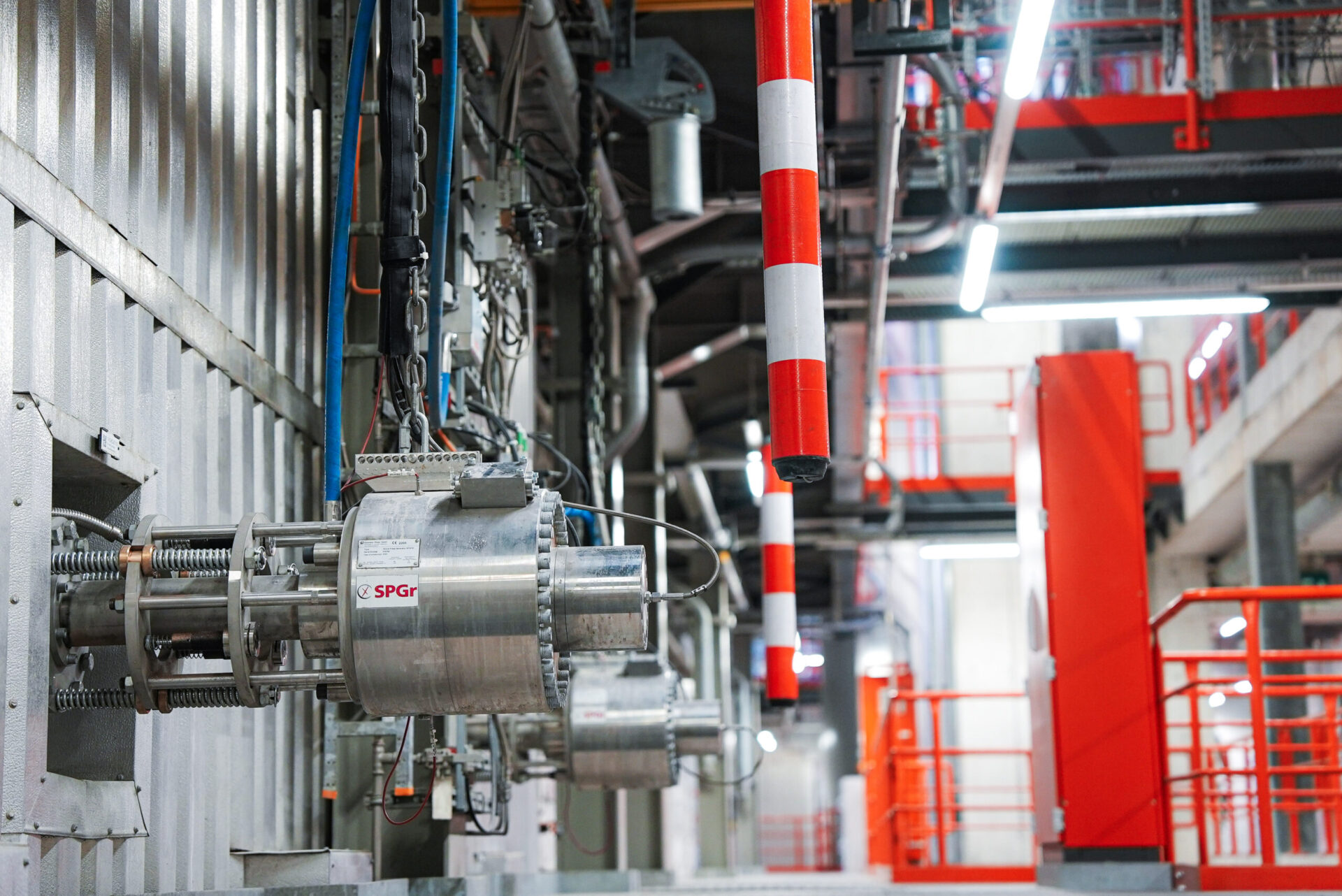Magnon Green Energy operates among other destinations in Spain three renewable energy units in Huelva/Spain for incineration of biomass and production of electrical energy. The oldest of the units, the HU-1 suffered of plugging problems especially in the evaporator bundle, which were mitigated since the installation of the Shock Pulse Generator (SGP) around three years ago.
Renewable energy with biomass has a huge development potential in Spain. Magnon Green Energy, Ence’s (Energia & Celulosa) renewable energy business is the largest company in Spain, which has committed to sustainability using biomass for environment protection. The company operates in several regions in Spain. In Huelva it operates three production units for electrical energy production of 137 MW from forestry and agricultural biomass.
The plant of 41 MW electrical capacity (named HU-1) was the first one, which was located at the site of the former pulp generating mill. Two additional boilers were commissioned in 2012 (50 MW, named HU-2) and in 2019 (46 MW, named HU-3).
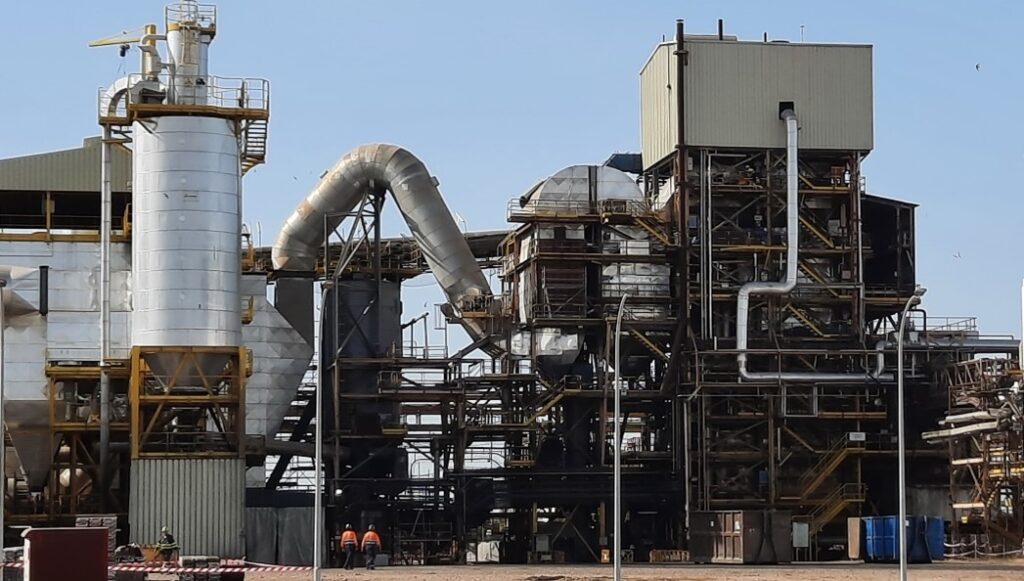
Renewable electricity production thanks to the management of forest areas
Once unloaded from the truck and crushed, the biomass, consisting mainly of eucalyptus and pine wood, is forwarded by conveyor belts until it arrives at one of the two-day storage silos. The operator will not use roundwood of more than 10 cm in diameter as fuel, unless its only possibility of consumption is for energy use, or that it comes from invasive species or is expressly indicated by the competent administration.
Correctly sized biomass is fed into the boiler’s furnace via screw augers and a feeding hopper to fall onto the fluidized bed, where the combustion takes place. Fluidization is achieved by nozzles situated at the furnace’s lower part, which inject the primary air that causes the suspension of the sand. This primary air covers 35 – 40 percent of the oxygen needed for combustion, hence more air (secondary and tertiary) is injected into the furnace in order to achieve complete combustion.
Downstream of the boiler, the flue gas crosses two fly ash precipitators for elimination of suspended particles before being forwarded by the induced draft fan to the stack.
Approx. 100 t/h feed water is pumped by the feeding pumps through 3 economizers into the upper steam drum. All furnace walls and the two-drum type evaporator bundle (often called “boiler bank”) operate in natural circulation. Inside the upper drum, the steam is separated to increase its energy in the superheaters. After two superheating stages, steam at 480º C and 68 bar is obtained and sent to a turbine to generate electricity.
How the SPG keeps the evaporator clean
In the direction of flue gas flow, the superheaters are the first heating surfaces. They are cleaned by steam driven soot blowers, which are part of the original design of boiler cleaning devices of HU-1 unit. The two-drum type evaporator was also equipped with soot blowers, but the cleaning effect was not sufficient. Due to the tight open space between the evaporator tubes, the ashes tend to deposit and clog the flue gas passage. In November 2019 the operator decided to install one SPG, type EG10XL to investigate the efficiency of the cleaning effect. The location was selected, where the most concentrated fly ash is carried with the flue gas into the evaporator bundle. The location proved well. The pulse frequency has been set to 45 minutes between the Shock Pulses (SP). The operator himself is taking care of the unit and carries out the regular maintenance. Within the nearly three years of its operation approximately 20.000 Shock Pulses were carried out. The first larger maintenance works were carried out by Explosion Power in May 2022.

The operator is satisfied with the cleaning effect and the reliability of the SPG, which keeps the spaces between the evaporator tubes free of deposits even in the areas, which are not accessible to the soot blowers and especially it doesn’t cause any damage to the tubes. The proof can be seen in the fairly steady flue gas temperature downstream of the evaporator by approx. 440 °C (orange curve).
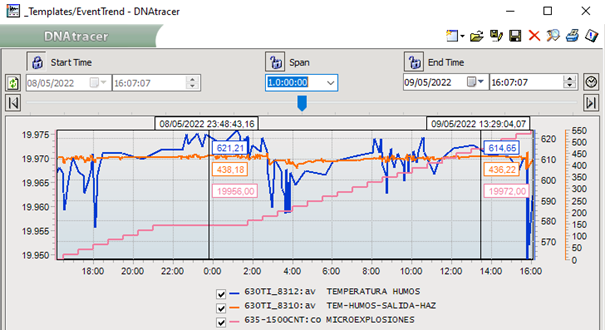
Larger maintenance works carried out by Explosion Power
In May 2022, Explosion Power carried out larger maintenance works, according to the maintenance schedule. Maintenance works at SPGs can be easily carried out while the boiler is in operation. The SPG will be disconnected from the boiler and the opening at the discharge nozzle is sealed against the negative pressure of the boiler. The main works at the SPG are exchange of wear parts like gaskets, which are exposed to short time high temperature during the Shock Pulse and checking of spare parts. Wear parts are exchanged, and spare parts are checked. At most locations, the maintenance works are carried out directly at the installation location of the SPG. Few operators decide to carry out the maintenance works at the plant workshop. After reassembly, the SPG is reconnected to the boiler and thoroughly checked for tightness and correct functioning of the control system. This work has been carried out within one day.
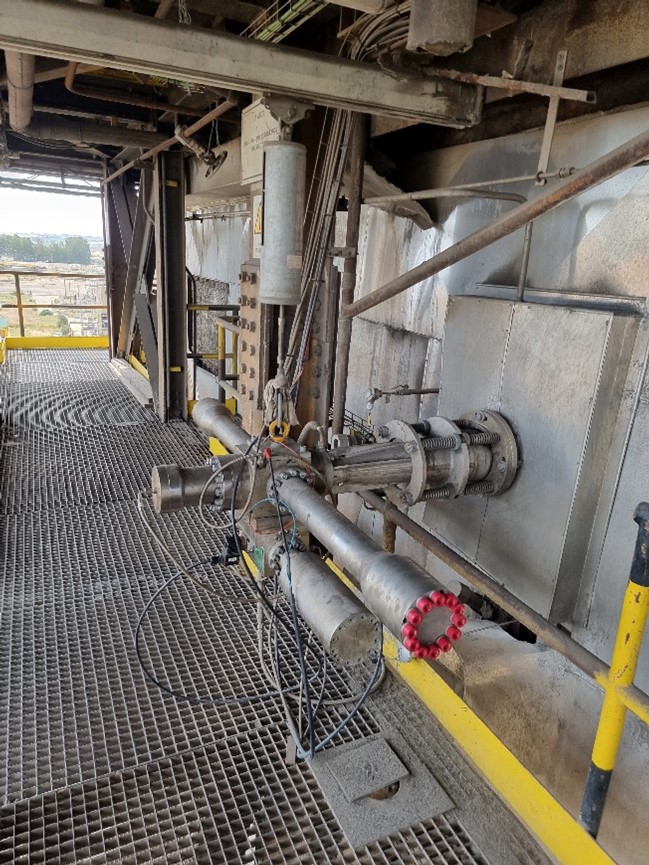
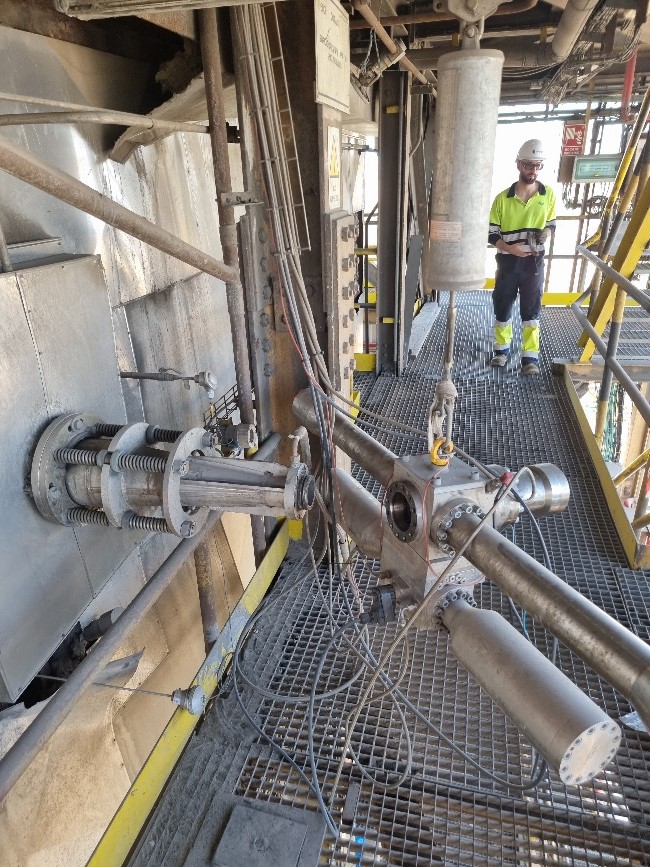
Outcome of an interview with the operator
During a discussion with the operator, it came out, that they would prefer to include additional SPGs in-between the evaporator bundle, where are presently located the soot blowers. Other areas, where the SPGs would further increase the efficiency were discussed too. However, such decisions were not yet taken, as the HU-1 unit represents the oldest plant at the site and it is not yet known, for how long the plant will continue operation.

